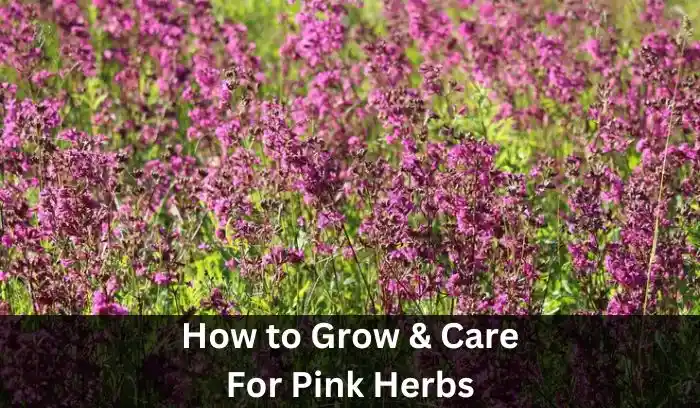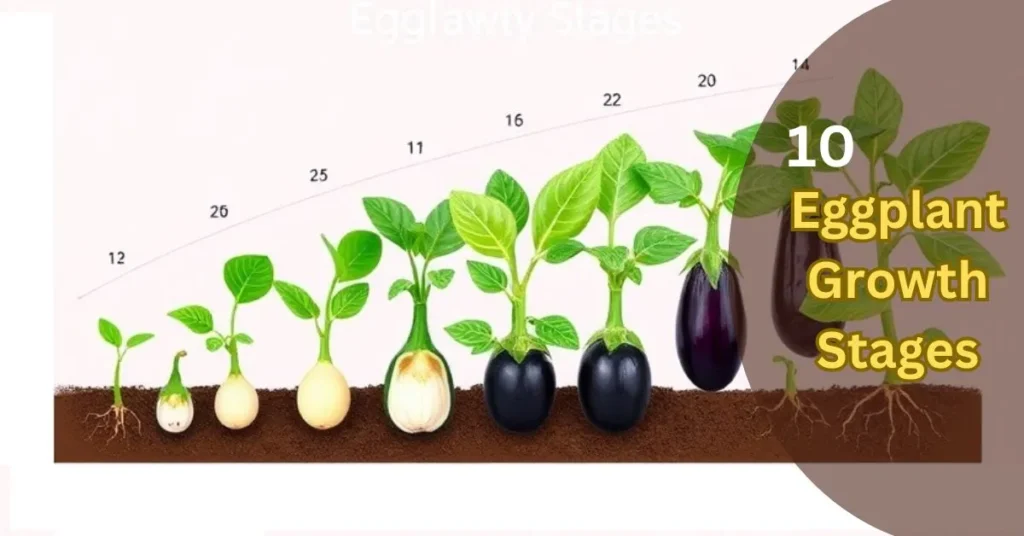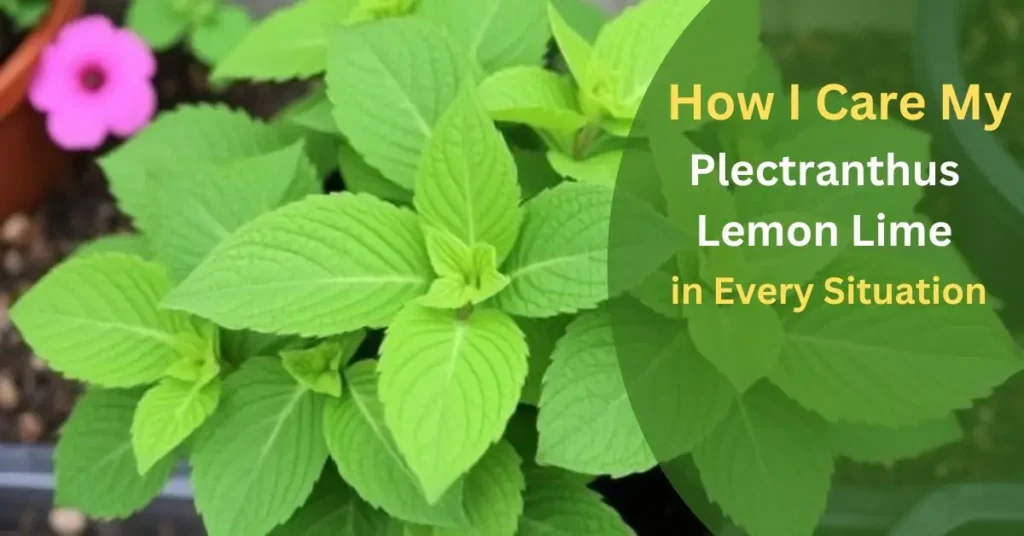Pink herbs are a unique group of plants known for their vibrant hues and diverse flavors. Common examples include chives, thyme, and basil, which are not only cherished for their color but also for the rich, aromatic tastes they add to dishes.
These plants come in a variety of species, with each having its own characteristics. They can grow in height from just a few inches to several feet, making them versatile for different garden spaces.
The growth cycle of pink herbs can vary significantly, ranging from as little as 30 days to over 90 days from seed germination to harvest. The seed-to-harvest time depends on the specific species types and growing conditions. Whether you’re looking to enjoy fresh herbs quickly or are in it for the long haul, these plants offer a perfect balance of plant growth, flavor diversity, and beauty to any garden.
Unveiling the Beauty of Pink Herbs: Organic Growth from Seed to Harvest
Pink herbs offer a unique and visually appealing touch to any organic garden, making them an exciting addition for gardeners of all skill levels. With their distinctive coloration, these herbs not only brighten up any space but also have a variety of aesthetic and culinary delights.
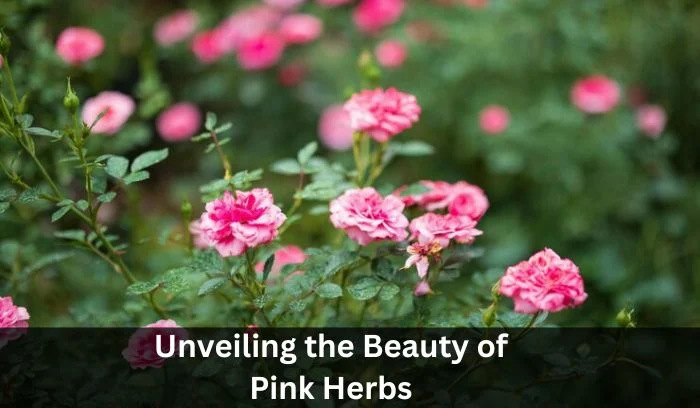
From the moment you begin planting these vibrant plants, you’ll appreciate their beauty as they grow, showcasing their wide array of uses. As they progress through the stages of cultivation, you’ll learn that they are perfect for anyone looking to bring color, flavor, and functionality to their organic garden.
What makes pink herbs truly special is their versatility. Whether you’re harvesting them for a culinary creation or using them as a natural element in landscaping, the possibilities are endless.
A comprehensive guide to sustainable practices in gardening ensures that you not only grow these herbs successfully but do so with an emphasis on eco-friendly techniques. From the planting process to the final stages of harvesting, it’s a rewarding experience that yields both beauty and practicality for your garden and kitchen.
1. The Allure of Pink Herbs
Pink herbs, such as chives, thyme, and basil, are some of the most captivating plants to grow in your garden. Their vibrant hues not only add a beautiful touch of color but also offer a wide range of diverse flavors for culinary creations.
These herbs can vary greatly in terms of height, ranging from just a few inches to towering feet, depending on the species. Whether you’re planting in a small space or creating a more expansive garden, pink herbs fit into any setting, bringing both visual appeal and flavor.
The growth cycle of these herbs is relatively fast, with some reaching maturity in as little as 30 days, while others may take up to 90 days from seed germination to harvest. This makes them perfect for gardeners who enjoy quick results. No matter the species, growing pink herbs is a rewarding experience that enhances your garden’s aesthetic and provides fresh ingredients for your kitchen.
2. Pink Chives: Delicate Blossoms and Mild Flavor
Pink chives, also known by their scientific name Allium schoenoprasum ‘Forescate’, are a delightful addition to any garden. These plants are recognized for their beautiful flowers and the gentle onion flavor they bring to dishes.
As they grow, they can reach a height of 12-15 inches, adding a pop of color to your garden. They typically bloom in about 60-70 days after planting, making them a relatively quick-growing herb. Whether you’re an experienced gardener or a beginner, these chives are easy to grow and maintain.
These herbs thrive best in full sun or partial shade and prefer well-draining soil to ensure healthy growth. I’ve found that once they’re planted in the right conditions, they flourish without much fuss. Whether you’re looking to use their mild flavor in the kitchen or admire their vibrant flowers, pink chives offer both beauty and practicality to your garden.
3. Pink Thyme: Fragrant Groundcover
Pink thyme, scientifically known as Thymus serpyllum and often referred to as Pink Chintz, is a beautiful ground-hugging herb that brings a fresh, fragrant touch to your garden. With its soft blooms in shades of pink, this herb grows to a modest height of just 2-3 inches, making it perfect for use as a low-maintenance groundcover.
When you plant it in the right conditions, typically in full sun and well-drained soil, it thrives and produces delightful flowers in around 60-90 days. The gentle fragrant foliage adds an aromatic layer to your garden, attracting bees and butterflies, making it a great choice for those looking to enhance both the beauty and the scent of their outdoor space.
From my own experience, once planted, pink thyme spreads easily and fills in gaps between other plants, providing an aromatic, low-growing carpet that works wonderfully as a border or filler. Its ability to grow quickly, with blooms appearing just a few months after planting, makes it a rewarding herb to cultivate.
Whether you’re a novice gardener or someone with more experience, this ground-hugging herb offers both practicality and beauty to any garden setting.
4. Basil ‘Dark Opal’: Aromatic and Colorful
Dark Opal basil (Ocimum basilicum) is a beautiful and fragrant herb that stands out in any garden with its pink-purple leaves and delicate flowers. It grows to a height of 18-24 inches, making it the perfect addition to herb gardens or as an ornamental plant.
This variety of basil blooms in 60-70 days after sowing, filling the garden with both color and a mild, aromatic fragrance. As it thrives in warm temperatures, full sun, and rich, moist soil, it is well-suited to sunny spots that provide the ideal growing conditions.
I’ve personally found that Dark Opal basil is not only an eye-catching plant but also a versatile herb in the kitchen. The delicate flowers and vibrant leaves add a unique touch to dishes, making them as flavorful as they are beautiful. Whether you’re a seasoned gardener or just starting out, this basil is an excellent choice for both aesthetic appeal and culinary use.
5. Soil and Sunlight Requirements
For pink herbs to thrive, it’s essential to provide them with well-draining soil that has a neutral pH or is slightly acidic, ideally between 6.0 and 7.0. This type of soil allows the roots to get the right balance of nutrients without becoming waterlogged.
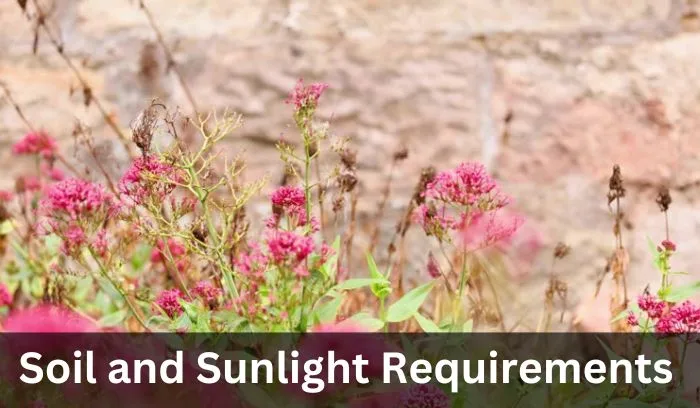
In addition to soil, full sun is crucial for most of these herbs, as they typically need 6-8 hours of sunlight per day to grow strong and healthy. However, some herbs, like pink chives, are more adaptable and can tolerate a bit of partial shade if direct sunlight is limited.
From personal experience, I’ve found that giving your plants the right balance of sunlight and soil conditions leads to healthier growth and better blooms. Whether you’re growing herbs in a garden or containers, these basic requirements are simple to follow but make a big difference in the success of your plants.
6. Planting and Seed Germination
Starting seeds indoors gives you a head start for those early blooms, especially when you prepare your organic seed starting mix. I always recommend planting seeds about 4-6 weeks before the last frost date to make sure they are ready for the spring.
For most herbs, it’s essential to sow them shallowly so they get enough light to germinate effectively. Temperature plays a critical role in this process, so maintaining a temperature between 65°F and 70°F is ideal for optimal germination.
I’ve found that keeping the soil moist, but not waterlogged, is key to creating the best environment for seedlings. Avoid over-watering, as it can affect the germination rate and slow down the germination process. Soil moisture and humidity control help support the growth cycle, leading to healthy plants.
Planting Technique and Environment Control
The environment you create around your seeds can make all the difference in how they thrive. After you’ve carefully prepared your seedbed and sowed your seeds, use a tray to keep everything together.
It’s important to consider the climate and conditions in which you’re growing, as they will affect everything from root development to plant health. For the best results, try moisturizing the soil without causing it to become waterlogged, as this can damage the roots. Over time, you will see the seeds sprouting and developing into strong seedlings.
Once they have reached an optimal growth stage, they are ready for transplanting. Using the right planting technique and controlling the temperature and moisture levels will ensure that your plants have the best chance of thriving through every stage of development.
7. Watering and Organic Fertilization
When it comes to growing pink herbs or any other plants, it’s essential to water them regularly, especially during dry periods. Keeping the soil consistently moist is key to promoting healthy growth. However, be careful of overwatering, which can lead to root rot.
To prevent this, make sure the drainage system is working well, as this helps excess water escape and keeps the root system healthy. Using organic fertilizers like compost tea or fish emulsion can provide your plants with the nutrients they need without being overwhelming. These organic options are also eco-friendly and support a sustainable gardening practice.
For optimal plant health, consider the moisture level and hydration needs of your plants. Aeration and good water retention can help the root health by preventing the soil from becoming too compact.
It’s also important to follow a watering schedule that keeps the plants hydrated without flooding them. By using the right fertilizer types and paying attention to proper moisture and nutrient supply, you’ll see your plants thrive through every stage of their growth cycle.
8. Pest and Disease Control
In organic gardening, it’s important to focus on natural pest control methods that help maintain the health of your plants. One of the best ways to control pests is by encouraging beneficial insects that feed on common herb pests, ensuring your garden thrives naturally.
When it comes to fungal diseases, promoting good air circulation around your plants can significantly reduce the chances of fungus growth. Sometimes, organic fungicides may be necessary to keep things under control without harming the environment.
By implementing pest management and disease prevention strategies, you can maintain a healthy garden. Simple steps like ensuring air flow around plants, using sustainable gardening practices, and caring for your garden regularly help prevent pest problems and improve plant wellness.
With the right balance of environmental care, plant health, and pest protection, you can avoid overwhelming your plants with pests or diseases, ensuring they stay strong and healthy throughout the growing season.
9. Harvesting and Culinary Uses
When it comes to harvesting your pink herbs, it’s best to pick them in the morning after the dew has dried. This is when the herbs are most vibrant and full of aroma, making them ideal for use in culinary dishes.
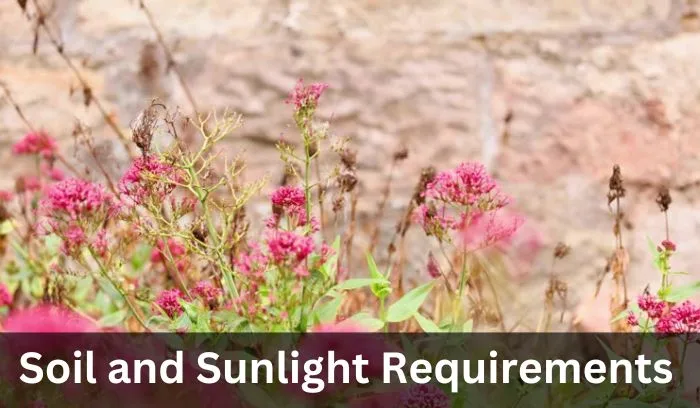
Their colors and flavors can enhance salads, soups, and garnishes, adding a fresh touch to any meal. If you can’t use them right away, you can preserve them by drying or freezing the herbs for later use. This way, you’ll always have a supply of fresh herbs at your fingertips.
In my experience, preservation methods like freezing or drying are perfect for maintaining the flavor profile of the herbs, ensuring they retain their unique flavors. Whether you’re using them as seasoning or to infuse flavor into dishes, herb care is essential for keeping them at their best.
These flavor enhancements can really elevate food preparation, whether in everyday meals or special occasions. It’s all about using the right herbs at the right time to add that extra touch of flavor to your cooking.
10. Post-Harvest Care and Propagation
After harvesting, it’s important to take proper care of your pink herbs to maintain their health. You can propagate them by using division or cuttings, allowing you to expand your garden. This is a great way to keep your collection growing while also ensuring continuous blooming.
For storage, place the herbs in a cool, dry area or choose to preserve them by drying or freezing. These preservation methods help extend their shelf life and maintain their flavor for later use. Regular pruning and deadheading are essential for encouraging fresh growth and preventing the plant from becoming too leggy.
Additionally, plant maintenance through consistent care, like removing dead parts and managing the garden environment, can help your plants thrive throughout the year.
Be sure to follow the right propagation methods to ensure healthy plants. Whether you’re focusing on expansion or seasonal care, preservation and management are key to keeping your herbs healthy and productive.
Caring for Pink Herbs
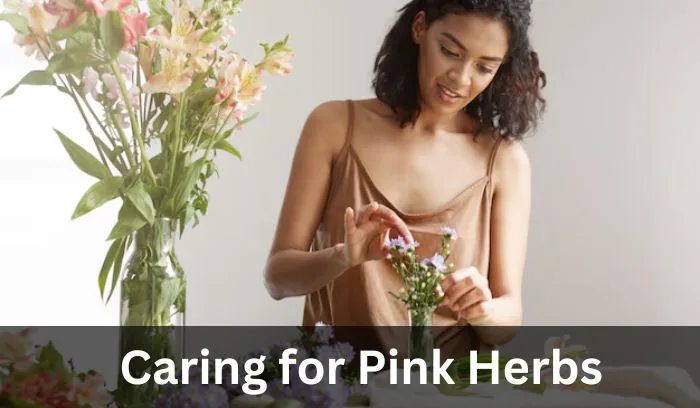
Sunlight
For pink herbs to thrive, sunlight is key. These plants generally require a well-drained soil with high nutrients and good drainage to grow effectively. They flourish best in a sandy-loam soil type, as it’s both rich in essential nutrients and doesn’t get waterlogged, even in winter.
In order to ensure the plant’s health and optimal growth, it’s important to consider both the soil type and sunlight conditions. Herb growth is most productive when they receive ample sunlight, as this stimulates their growth and keeps them healthy throughout different seasons. Proper water management and careful attention to growing conditions will also help maintain strong, vibrant herbs.
Keeping these factors in mind, especially the balance of sunlight and well-drained soil, will guide you toward a garden management system that encourages continuous herb growth and a healthy harvest. Herb soil needs vary slightly based on climate and seasonal conditions, so understanding the local environment is important for the best results.
Watering
When it comes to caring for pink herbs, water is a vital factor in maintaining their health. It’s essential to water your herbs regularly, especially if they are in containers. Early morning is the best time for watering, as this allows the moisture to settle into the soil before the heat of the day sets in.
This way, your herbs will have enough moisture to deal with the day’s heat. Establishing a consistent watering schedule ensures the herbs get the hydration they need without becoming waterlogged, promoting healthy herb growth.
The key is also moisture retention—ensuring the soil doesn’t dry out too quickly. Use a watering method that focuses on deep watering to help maintain moisture in the soil. This is particularly important for container care, where water can evaporate quickly.
Managing water and hydration effectively will support herb maintenance and overall plant care. Maintaining proper water management also contributes to better temperature management during warmer seasons, ensuring the herbs thrive through consistent daily watering.
Feeding
During the growing season, it is important to feed your herbs with a balanced, liquid fertilizer. A proper feeding schedule ensures your plants get the necessary plant nutrition for healthy growth. Too little fertilizer may lead to weak growth, while too much can cause the leaves to lose their natural flavor.
This imbalance can affect the overall health and growth rate of your herbs, so maintaining the right nutrient balance is key to successful herb care. Regular feeding helps avoid flavor loss and supports continuous healthy development throughout the season.
Ensuring the right amount of fertilizer at the right time is a simple yet crucial part of plant care and maintenance. Too much or too little can drastically impact the taste and quality of your herbs. Keep track of your herbs’ needs and adjust the feeding accordingly. A balanced approach helps in improving not just the size but also the flavor of your herbs.
Trimming
To help your herbs thrive, it’s important to trim them during the spring. This promotes fresh growth and ensures your plants remain strong and healthy. Regular trimming helps remove debris and fallen leaves, which can collect around the base of the plant.
This simple step helps prevent the buildup of moisture that might attract fungal diseases. I’ve found that focusing on plant hygiene and maintaining a trimming schedule each season can make a big difference in herb health.
By regularly pruning your herbs, you’re also promoting better growth and health management throughout their growth cycle. When trimming, always aim to maintain a clean garden area to avoid spreading any potential fungal prevention issues.
Keep in mind that plant care is all about creating the right environment for growth and plant protection. Seasonal maintenance like this not only keeps the herbs looking great but also ensures their long-term vitality.
FAQs
Pink flowers like Rhododendron, Azalea, and Roses bring vibrant beauty to any garden. Their fragrant blossoms, ornamental blooms, and delicate petals make them perfect for landscapes.
For a unique touch, Sabatia angularis adds wildflower charm to meadows, while Tulips offer elegant and colorful blooms in spring.
Lavender, or Lavandula, is admired for its vibrant blooms, soothing fragrance, and ornamental charm. Similarly, Rosemary (Rosmarinus officinalis) and Thai Basil (Ocimum basilicum) offer aromatic appeal, culinary uses, and elegant foliage.
For a mix of beauty and flavor, Dill (Anethum graveolens), Greek Oregano (Origanum vulgare), and Pineapple Sage bring delicate textures, rich taste, and vibrant colors to both gardens and kitchens. These herbs seamlessly blend flowering beauty with practical use.
Basil is the king of all herbs, known for its bursting flavor and versatility. A key ingredient in Mediterranean cuisine, it’s also a trusted cure for many ailments. In India, Basil is worshipped as a saint, and in ancient Egypt, it was revered as the guardian of the dead. This all-purpose plant is a true staple, both in the kitchen and for its medicinal qualities.
Lavender, Thai Basil, Rosemary, and Spearmint are examples of pink herbs that add color and fragrance to gardens.
Yes, many pink herbs, like Lavender and Rosemary, thrive in well-drained soil and plenty of sunlight, making them relatively easy to grow.
While pink herbs are not extremely demanding, they do benefit from proper watering, sunlight, and occasionally pruning for better growth.
Yes, many pink herbs, such as Lavender, are known for their aromatic properties, and some like Rosemary have medicinal uses.
Absolutely! Herbs like Thai Basil and Rosemary are commonly used in cooking for their distinct flavor profiles.
Conclusion
Growing pink herbs in your garden can be a rewarding experience, adding not only color but also a burst of flavor. By following organic principles and providing proper care, you can enhance the benefits of your garden.
Whether it’s the vibrant blossoms of chives or the aromatic leaves of thyme, cultivating these herbs offers both beauty and practical uses in your kitchen. They make for an easy yet satisfying way to embrace organic cultivation.
As you continue to care for your herbs, they will grow into a beautiful addition to your garden. Pink herbs serve as a testament to the joys of gardening, providing you with both visual appeal and tasty flavors. Their growth will be a symbol of how organic farming, when done right, brings out the best of nature’s color and flavor.
See Also:
Lilies Slow to Break Ground? Here’s Why and How to Fix It!
Can You Apply Too Much Preen to Your Plants? 5 Risks

